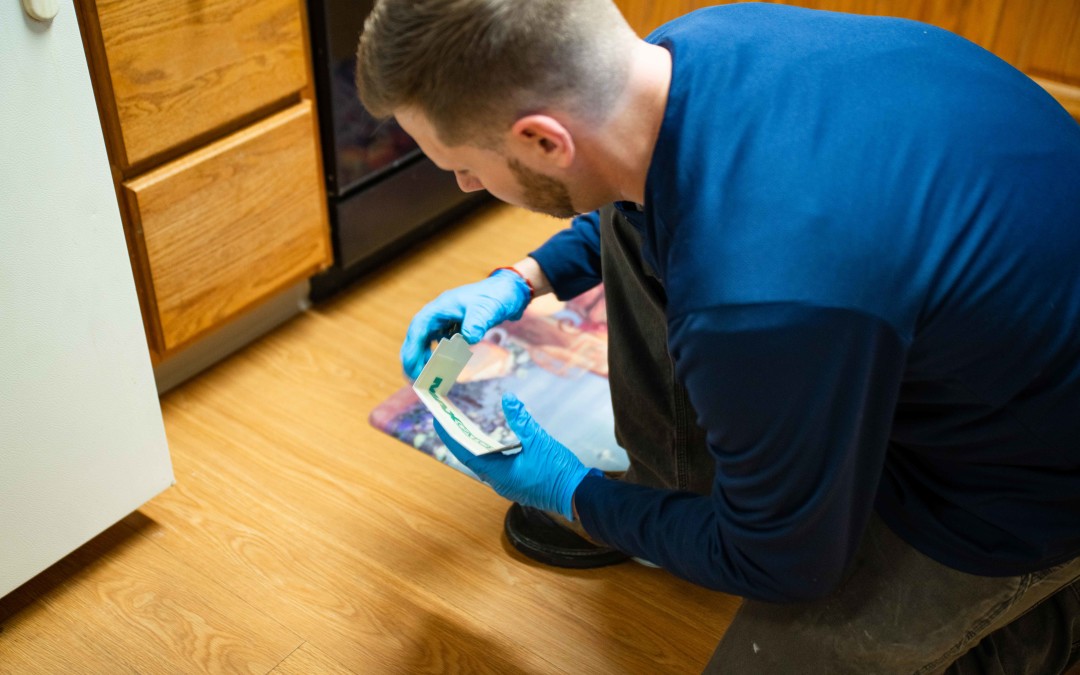Clothes moths and carpet beetles are two groups of insect pests that commonly establish indoor infestations that can be difficult to eradicate in some circumstances. Clothes moth and carpet beetle adults are often present within infested homes, but it is the larval specimens that inflict damage to a variety of indoor textiles and other materials, such as curtains, furniture upholstery, carpeting, clothing, bedding, leather and even dead human skin and hair. Infestations can be hard to eradicate due to the near microscopic size of larvae. DYI clothes moth and carpet beetle eradication techniques are rarely effective, and infestations generally need to be addressed by professional pest controllers. However, good housekeeping practices can prevent clothes moth and carpet beetle infestations, as a lack of indoor maintenance allows these pests to plant eggs and build large populations that can go unnoticed in cluttered homes. Also, regular vacuuming will remove both larvae and eggs. People living during the 19th century, long before pest control services became available to the public, would rely solely on thorough housekeeping practices in order to avoid pest infestations, which were greatly feared by homeowners at the time.
The term “spring cleaning” has its origins in housekeeping practices that aimed to prevent indoor insect infestations during the 1800s. During this time, it was common for homeowners to hire housekeepers, and it was understood that part of their job was to keep homes free of pests. Every spring, housekeepers would remove all textile items from homes before shaking them vigorously outdoors. These items included tapestries, curtains, bedding, carpets, rugs and clothing. In some cases these items were washed repeatedly, sometimes with bleach. Experts claim that shaking textile items outdoors will likely dislodge both eggs and larvae pests, and bleaching effectively kills eggs and larval specimens attached to clothes. Ironing was also an essential and effective part of indoor pest control during this time. Woolen items were removed from homes and beaten outdoors during the spring, and were not brought back indoors until the arrival of winter. This practice was particularly important, as many indoor textile pests naturally feed on keratin, which is an animal protein abundant in wool. In fact, the tradition of regularly beating woolen items outdoors dates back to the middle ages.
After clothes were thoroughly washed, they would be placed in chests where pests could not access them. While this idea is sound, larval pests often gain entry to chests, which is why keeping clothing, particularly infested clothing, within tightly sealed containers is recommended today. Clothes moth larvae can enter spaces as narrow as .01 mm in width, making infestations within chests somewhat common during the 1800s. In order to provide stored clothes with further protection, camphor, which is a common ingredient in chapstick, was strategically placed around chests in order to repel larval pests. Today camphor’s effectiveness at controlling clothes moth larvae is well known and is still used for this purpose in some homes.
Have you ever found moths fluttering about within your home?

